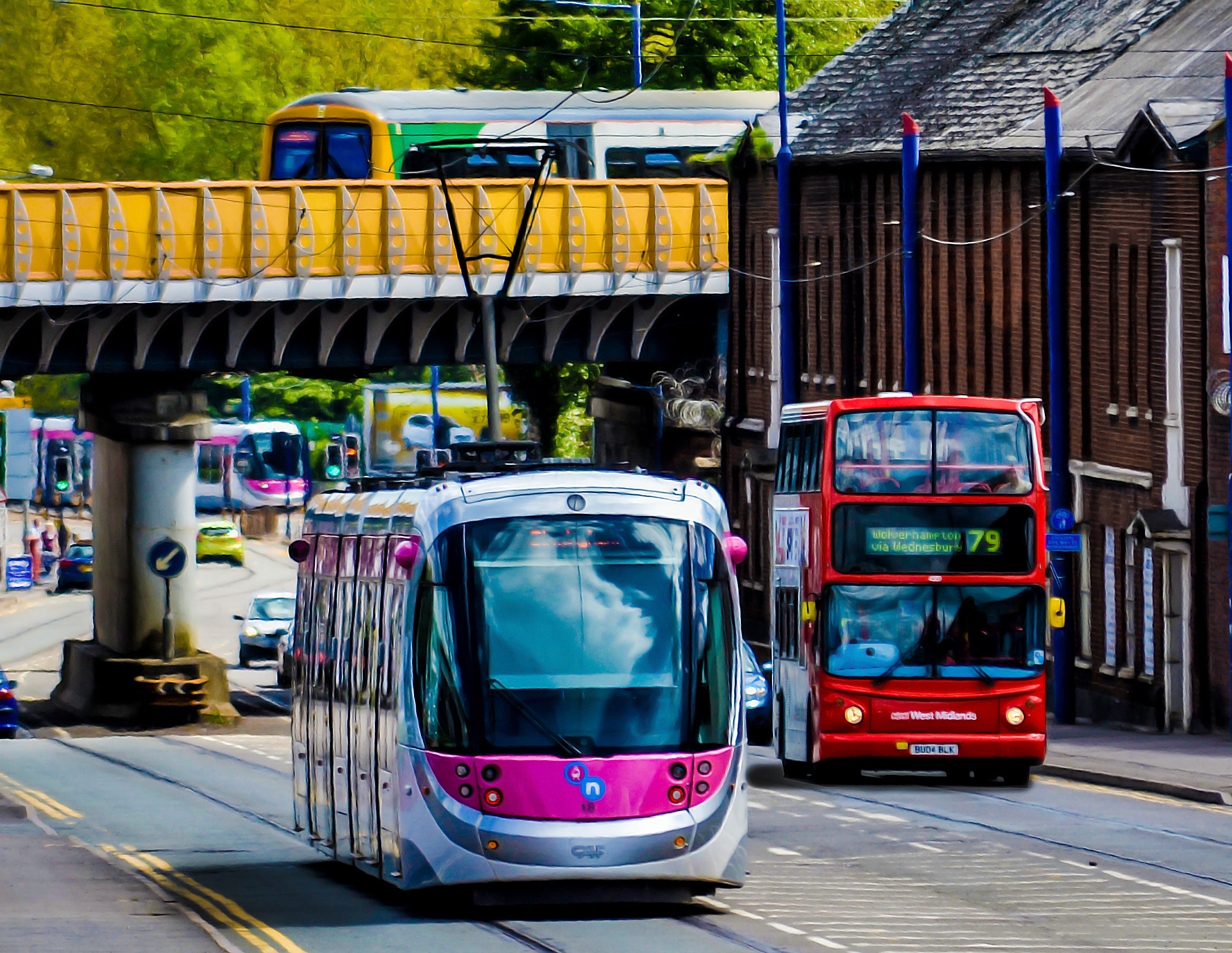
Data sharing between organisations remains a potential problem for Mobility as a Service projects, attendees at February's MaaS Market conference in London were told. Alan Dron listens in on the presentations.
Several speakers noted that MaaS faced teething problems because of a lack of data passing between organisations, after Wood asked for industry input on whether the European Commission should step in.
She said that while more and more data was available, she wanted to know whether a new layer of data should be created to link the various parties and create a more integrated system.
She asked whether such a layer already existed. If it didn’t, did it need to be created and, if so, was that something in which the European Commission should have a hand together with national governments, or should it be left to individual stakeholders?
“A layer of transport data would be an enabler [for MaaS]. Personally I don’t believe we’re going to get there if we don’t have it. The question is ‘Who needs to do it, and what?’” She said that while most of the technology solutions for MaaS were pretty much ready and many organisations could also make a financial case for it, some dominant transport operators did not see that it was in their interests to share data in a multimodal transport layer.
Wood added that she has a steady stream of people coming to her and urging her to either regulate, or deregulate, MaaS.
“Whether we regulate less, or do more, what we need to do is find new ways of acting together, both from the side of the EC, the member states and the stakeholders. We need to bring the actors together. I promise that the EC will facilitate and bring the actors together, if that is something you want and will help you to go forward.
“The backbone of everything that should be done is co-operation. Do come to me if something needs to be done.”
In a later Q&A session, however, she agreed with a questioner that so far “There’s been a great silence when it comes to suggesting things we should do, or change”.
Opening the event, BBC transport cor- respondent and the conference moderator Nick Higham, told his audience that: “The challenge for you and others in the industry is to find a way to make MaaS appealing.”
Higham, who noted that, having given up his car in favour of a shared-car scheme in the past year, he had become an early adopter (“for the first time in my life, at the age of 63”), added that MaaS had a potentially invaluable jumping-off point, in that the current young generation was perhaps the first in history that did not see owning a car as a status symbol.
However, there were some groups – such as parents with young children – who would still “think very carefully indeed” about ditching their own cars. Several speak- ers spoke of the difficulty of manoeuvring buggies on to shared forms of transport.
Higham said that MaaS was now moving out of the technology phase to one where issues of governance were receiving more attention. These covered facets such as how to assign revenue streams among shared modes of transport and whether companies would be prepared to share their data with rivals. “And if autonomous vehicles do become part of the landscape, where does that leave traditional car companies?”
The need for co-operation
Two panel discussions towards the end of day two of the MaaS Market conference in London threw up some lively thoughts on some of the most diffcult issues fac- ing the ITS industry, writes Adam Hill.
There was a strong feeling among delegates that government help was going to be required. Nathan Marsh, UK and northern Europe director for intelligent mobility at Atkins, said: “We’d welcome guidance, counsel, challenge, co-funding – government can create the conditions for MaaS to succeed.” Daniel Clarke, digital programme manager at Smart Cambridge, agreed: “Collaboration is key – central government has a role in helping, potentially through legislation.” Pedro Mourisca, CEO of Via Verde, explained that the impetus for his company’s multimodal solutions in Lisbon, Portugal, came in part from the need to comply with environmental legislation. Authorities know that they need options – including private sector ones - because they cannot do everything for themselves. “The endeavour is so large that they welcome all kinds of initiatives, ”Mourisca said. But even if the desire is there, a gap often remains between hope and execution.
ITS warning
Sounding a warning for the UK market, Richard Harris, director Europe for
On the subject of restricting indi- vidual car ownership, Anton Fitzthum, business development manager at
Eduardo Costa Ramos, CEO of
OEM diversification
One speaker, Lars Klawitter, executive director of strategic business at InMotion Ventures, suggested during the conference that car manufacturers may have to think about diversifying. “OEMs will have to think where they position themselves on this continuum.” Klawitter is currently leading the development of proprietary mobility services and their integration into
During a panel discussion, Chris Perry, UK lead, MaaS Global, said that among early adopters of MaaS generally were young city dwellers who were already finding that operating their own car in an urban environment was “a bit of a pain”. Chris Perry, UK lead, MaaS Global, com-
Also likely to be among those taking advantage of MaaS schemes were ‘empty nesters’ with a certain level of disposable income, who understood that buying such a ‘mobility package’ could have a beneficial effect on their lives.
He added that some operators in the current transport eco-system feared they had something to lose from MaaS: “My feeling is that they are already feeling some disruption and if they don’t join in the disruption, they are probably going to lose anyway.”
Another panel discussion saw Dr Maria Kamargianni, lecturer in transport and energy at University College London, note that the UK capital already had many of the factors that would make it an ideal MaaS subject: many residents did not like driving in the city, and an extensive public transport and bike-sharing system was already in place. What was needed was an integrated app to tie various factors together.
Suzanne Hoadley, senior manager at Polis Network, a grouping of European cities and regions co-operating for innovative transport solutions, said that a recent survey had found that there was limited knowledge of, and some indifference to, MaaS systems within local authorities, which were worried they could lose influence over their transport function. Ultimately, said Kamargianni, “People don’t care who provides MaaS, they just want to go from A to B and have a service they can trust.”
The MaaS Market conference brought news of the successful launch of a MaaS system in Helsinki.
Beta launch
Chris Perry, UK lead, MaaS Global, and director, International Mobility Solutions, said that a beta launch of Whim in 2016 saw initial customers reduce the level of private car use from 40% of that sample’s trips to 20%, with the majority of those journeys moving towards public transport. “Yes, the number of taxi trips increased, but not massively, from once a month to typi- cally around once a week.” Overall, average spending on public transport went up from €31 a month to €125, “but people were prepared to spend that”.
Monthly subscription
Whim operates on a monthly subscription basis, with most subscribers choosing the €49 Whim Urban option. This is aimed at regular passengers who need the flexibility of using an occasional taxi or car as well as public transport. It gives a €10 guaranteed taxi ride within a 5km radius, so passengers can travel within the Helsinki urban area or get to the Espoo metro. It also offers fixed-price car hire for €49 a month.
Initial experience encouraged MaaS Global to introduce what Perry described as a revolutionary product, whereby subscribers paid €499 a month for unlimited travel. This compared favourably to the average monthly cost of owning a car in Helsinki, which was calculated at €503. The higher level subscription gives users un- limited public transport use, an unlimited amount of taxi rides within a 5km radius, access to a Metro extension line in Espoo plus access to a compact car for every day that they require one. Car-sharing will be included later this year.
Although the Whim Urban is by far the more popular option, a number of the €499 packages have also been sold, said Perry.
Any unspent money in a subscriber’s account at month’s-end is forfeited; this has led to an unintended consequence of people going out towards the end of the month and spending it (and thus making more journeys than they might have done otherwise) rather than losing the money. A Whim project is due to go live in the UK’s West Midlands region later this year.










